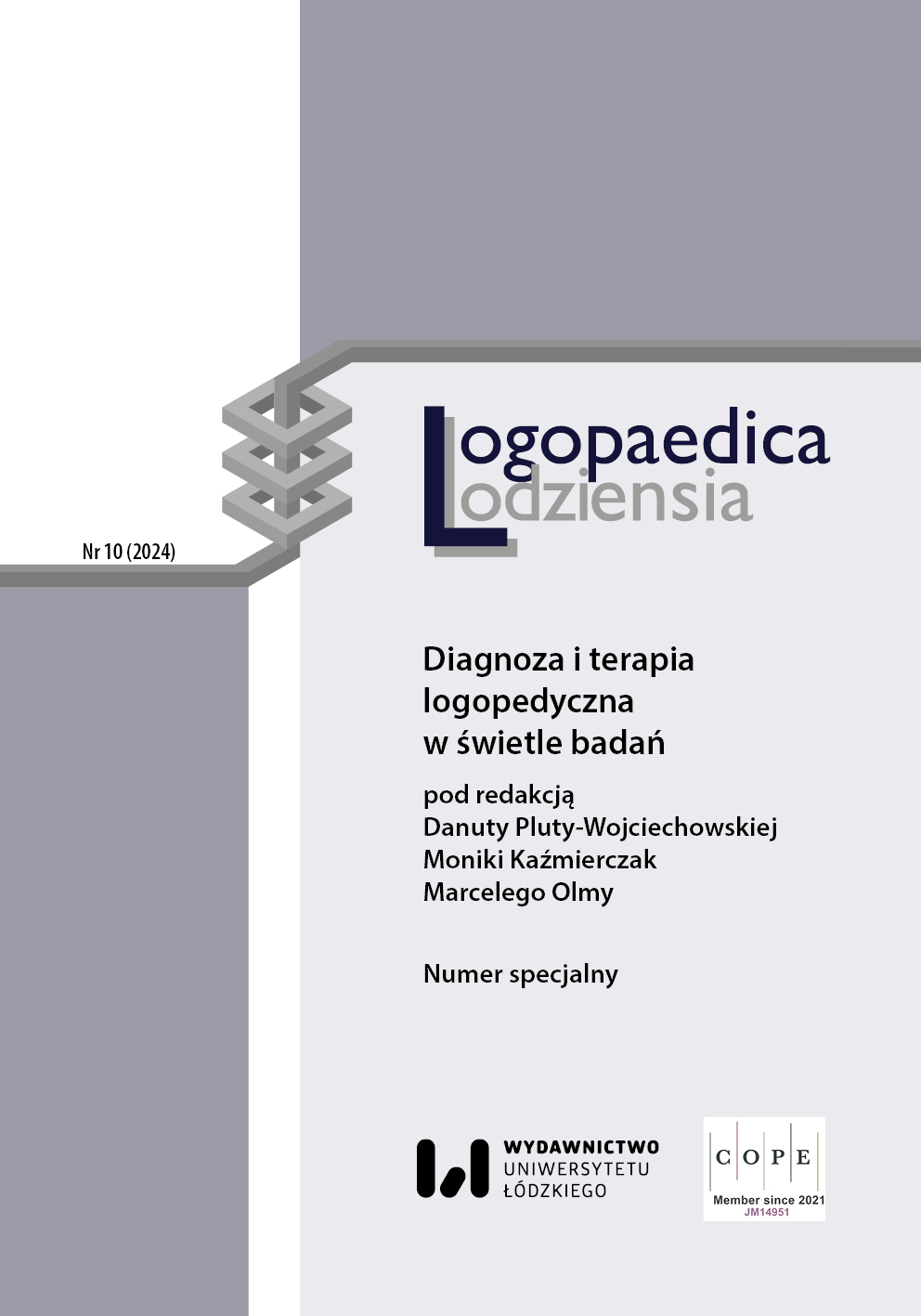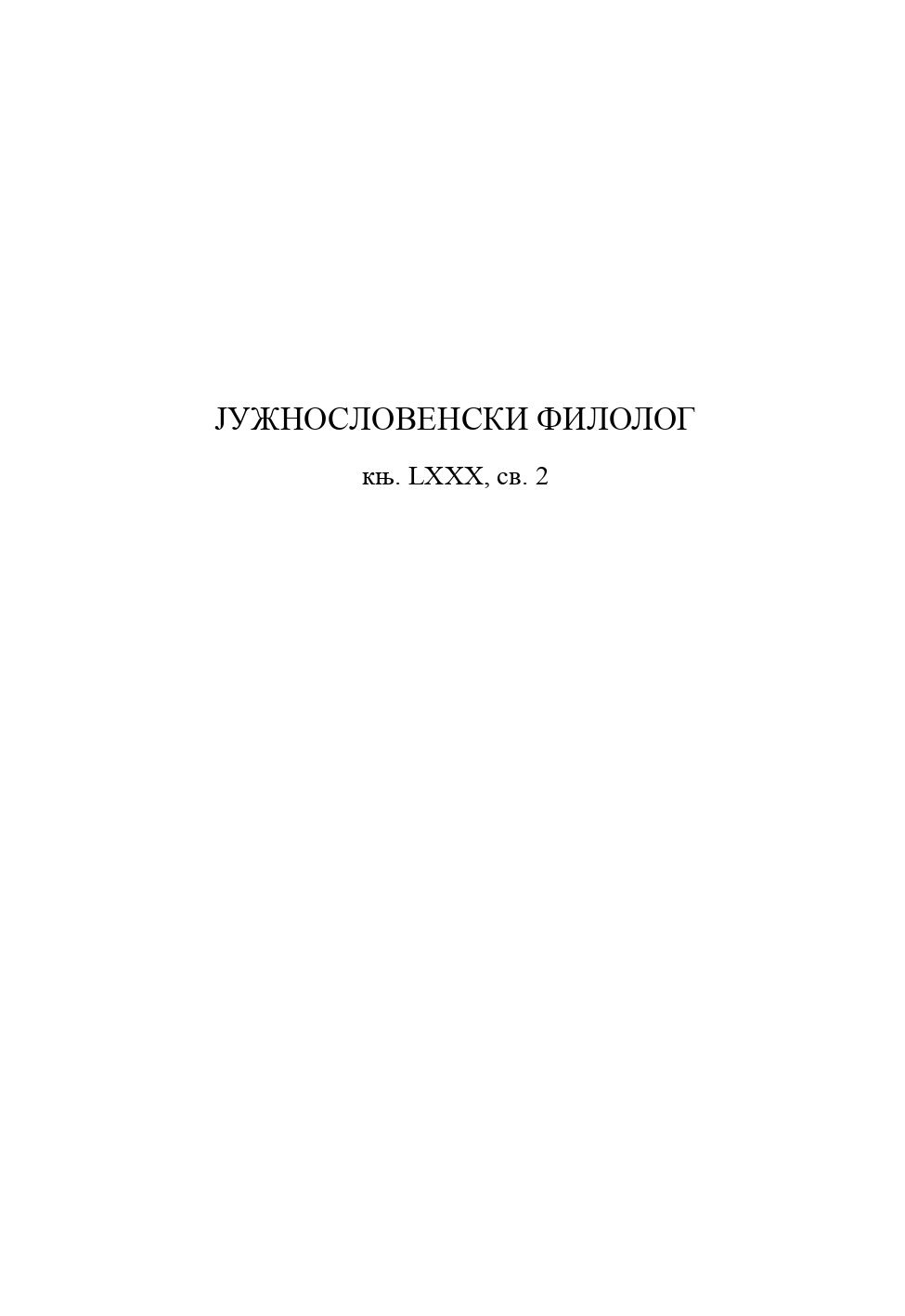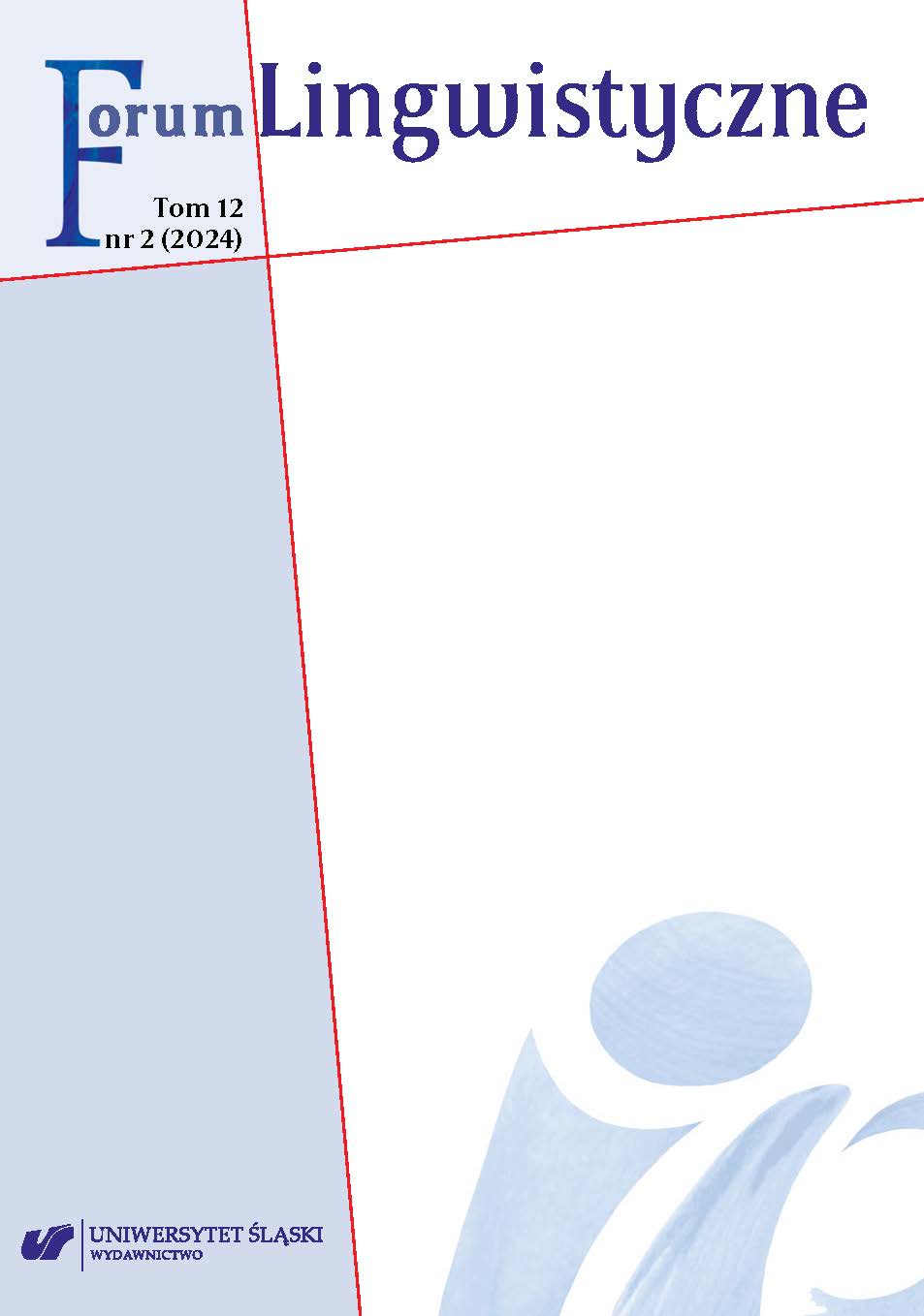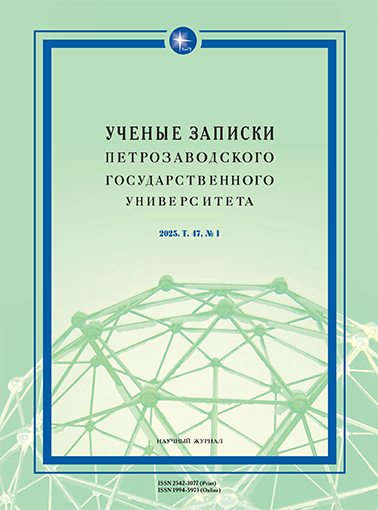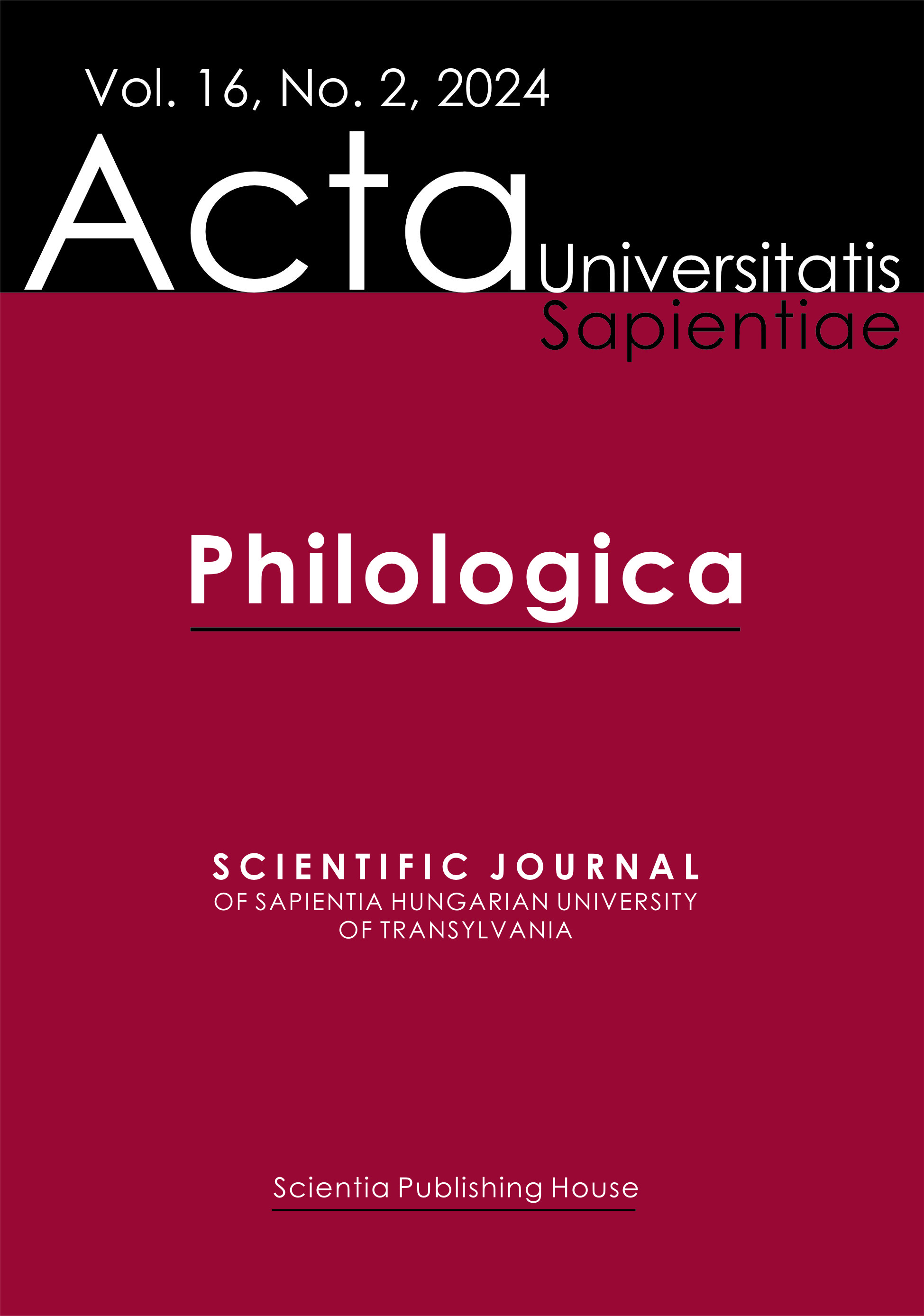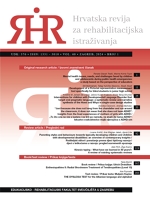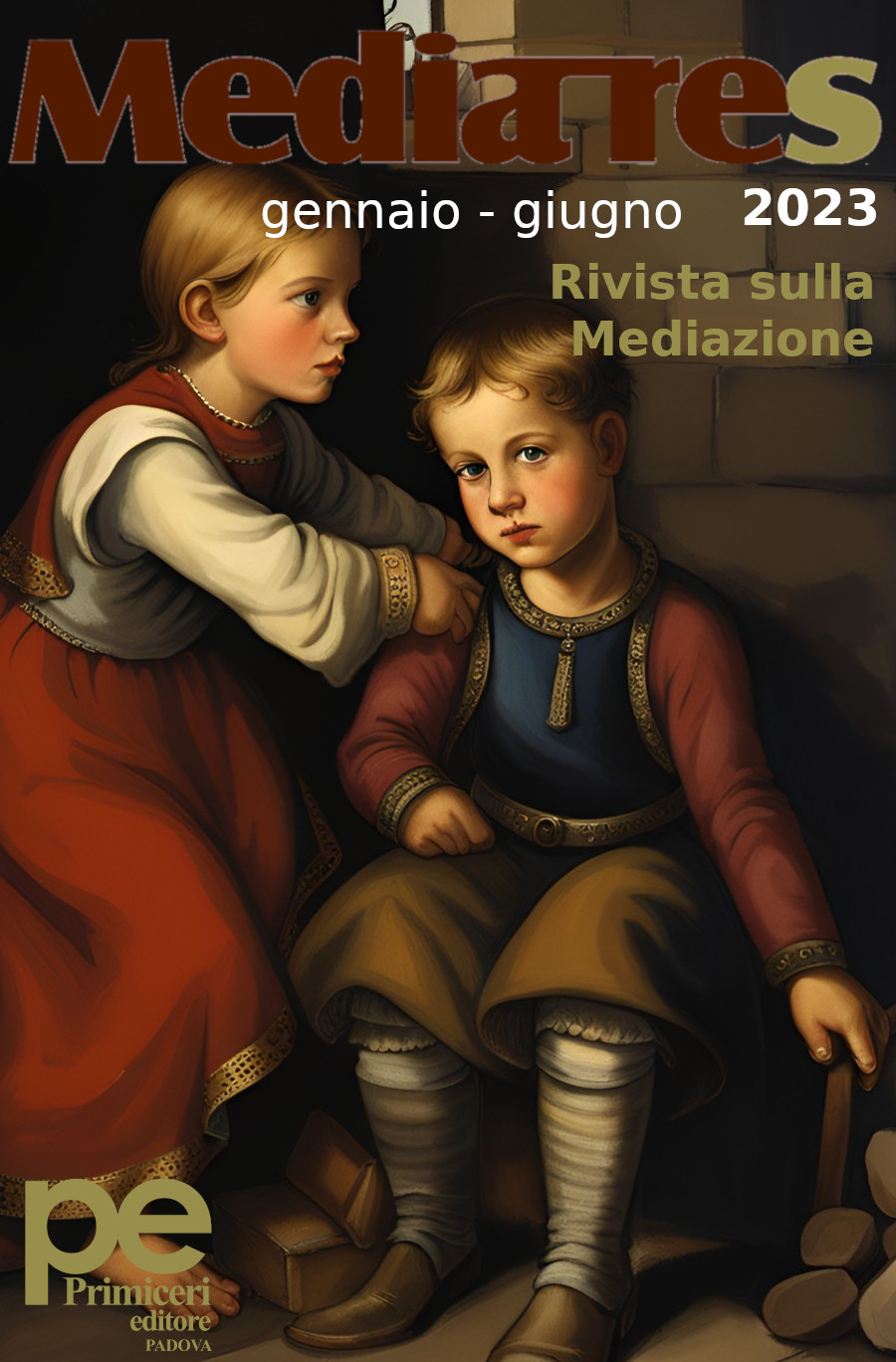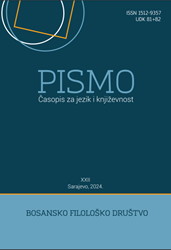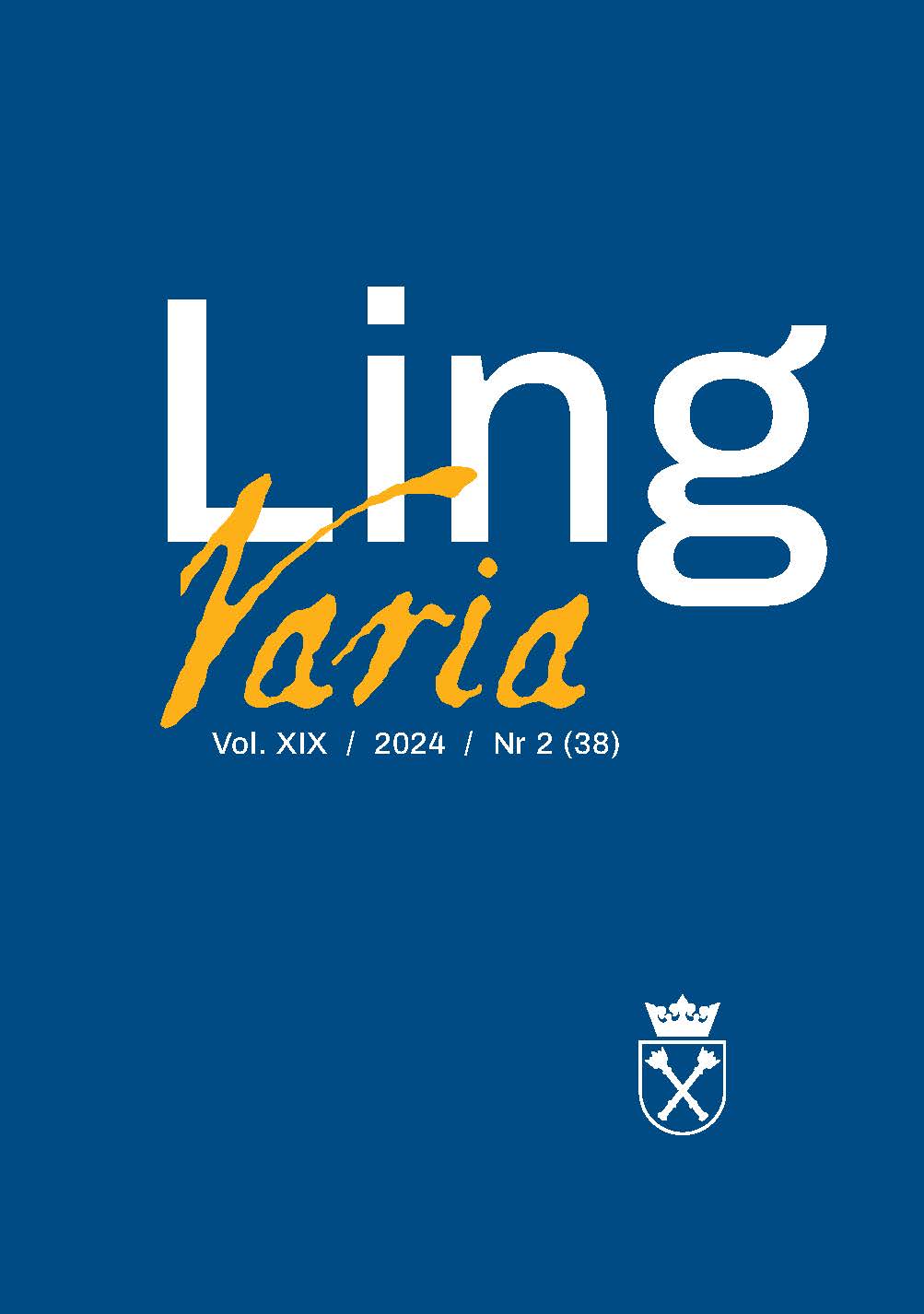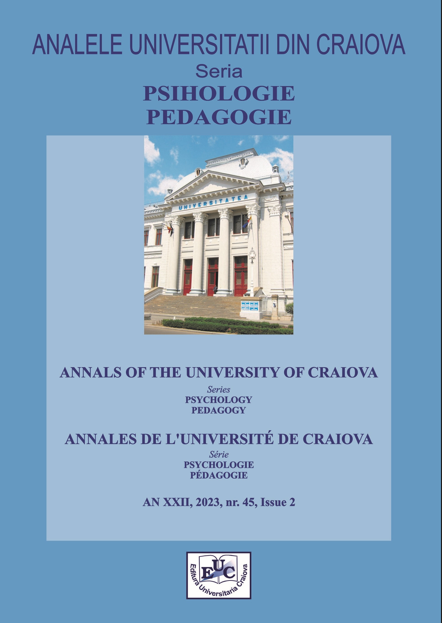
SCHÉMAS DE REPRÉSENTATIONS DES IMAGINAIRES ET SIGNIFIANTS CULTURELS ET GESTION DES INDICES DE SOUFFRANCE PSYCHIQUE DE L’ENFANT HANDICAPÉ EN AFRIQUE
This research aims to show the impact of patterns of representations of imaginaries and cultural signifiers in the psychic suffering of children living with a disability. Indeed, in traditional African societies, the child occupies a privileged place and status which is inspired by its origins linked to the representations of imaginaries and cultural signifiers, which are related to those of the parents and the community. Despite this status and this place, the child with a disability finds himself in a difficult situation, because of his deficiency, his incapacity, his difficulty in participating in social life and psychological suffering which are the result of belonging to two diametrically opposed universes. If in this situation we do not conceive or name the psychic suffering of the child, the imagination and popular language are nonetheless full of characterizations of the malaise and the suffering of the child. The final situation that emerges from this research is that if psychic suffering can be considered as an indelible mark in a mentally disturbed and physically inoperative subject, the therapist can, through well-organized ritual practices, play the role of mediator between the visible world and the invisible world in order to reactivate and revitalize the psychic authorities of the sick subject and thus facilitate his integration into the society of the living.
More...


